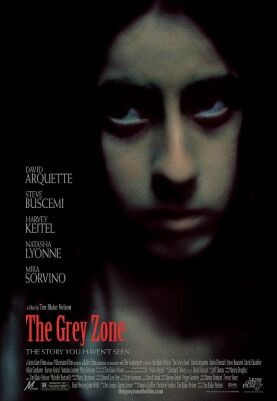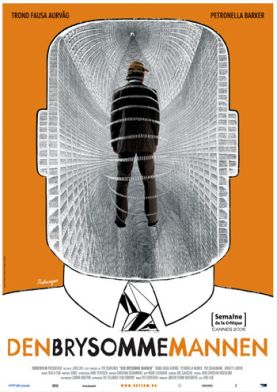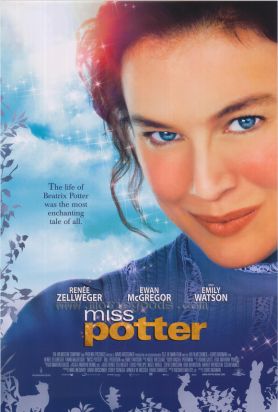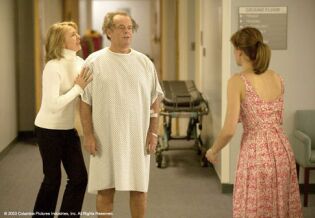Grey Zone, The
Tim Blake Nelson’s The Grey Zone announces its seriousness of purpose by being set in the midst of the Holocaust. Said to be loosely based on actual events, it tells the story of a rebellion among the Sonderkomando at Auschwitz-Birkenau — Hungarian Jews who agreed to help with the mechanical tasks of industrial slaughter in return for better food, more privileges and a few months’ more life. Somehow they have acquired and concealed weapons and manufactured some primitive bombs with which they mean to blow up the crematoria and so delay the work of death. The bombs are made with gunpowder smuggled out of the women’s section, which has been put to work manufacturing munitions.
When the Nazis discover some of the smuggled gunpowder they interrogate the women as to its destination with — are you surprised? — unexampled brutality. Then, in the course of their work, shoving bodies into the ovens to be burnt, the plotters discover a young girl of 15 (Kamelia Grigorova) who has miraculously escaped being killed by the gas. A Jewish doctor named Nyiszli (Allan Corduner) who is helping the sinister Dr Mengele (Henry Stram) with his experiments, also in the hope of being spared, helps to bring her around and in the course of doing so hears for the first time of the projected rebellion.
Among themselves, the prisoners debate the morality of allowing the girl to live, so (by having to conceal her) jeopardizing their efforts on behalf of many others, or of killing her and becoming (so many of them tend to think) like their jailers and murderers. We also know that the doctor has promised Oberschaftfuhrer Muhsfeldt (Harvey Keitel) that he would tell him of any such plans if he heard of them, in order that his (the doctor’s) wife and daughter might be spared. For some reason, Mr Keitel affects a ridiculously exaggerated German accent, perhaps to signify that he is speaking, um, German while the prisoners are speaking something else — Hungarian, perhaps, or Yiddish. At one point what I gather is a crucial statement by the Oberschaftfuhrer becomes incomprehensible because of the indistinguishability in his accent of the words “Jews” and “Choose.”
Or perhaps the pun is intentional, for the movie is a carefully contrived concatenation of hard choices for the Jews. Will Dr Nyiszli put the well-being of his family ahead of the duty to resist? Will the women reveal the plot? Will the men save the girl and compromise its chances of success? So many moral dilemmas make the film a sort of problem play. Yet these are not very much like real moral choices but rather the most extreme of desert island examples — like Sophie’s Choice. Sometimes there is no choice, and where there is no choice there is no problem. Anything you do is wrong, and doing nothing is even more wrong. Very well, what more is there to say? But of course that doesn’t prevent the film from trying to say things, often in the form of such pseudo-profundities as the remark by one of the trustees that “We can’t know what we’re capable of us, any of us. . .How do you know what you’ll do to stay alive, until you’re asked?”
This is true enough, I suppose, but it is a matter of no import with respect to the moral situation, merely being equivalent to the banality that we all may be tempted into sin. But like so many other Holocaust dramas The Grey Zone is merely using one of history’s great crimes as a facile way of directing an audience’s emotional response without doing any of the work normally required of a film to create such a response. All you have to do is say the name “Auschwitz” and already the audience knows how it is supposed to feel. This is why, for all its failings, Life is Beautiful at least offered to create an emotion or two that you didn’t already have when you came in. Unfortunately, what it created was a sort of gentle and whimsical optimism that was wildly inappropriate to the subject matter. Better to keep show biz and Auschwitz well apart.
The one moment in the film when it appears that it all might be worth it comes with the resuscitation of the girl and the emotional kick that comes from watching the miraculousness of life returning into this one little corner of so many acres of death. It doesn’t hurt either — though again it seems a bit unfair — that the girl could be the identical twin of the Anne Frank who appears in the familiar photograph. Likewise at the end as two of the conspirators are waiting to be shot by their guards and exchange personal reminiscences about the old days in Budapest one says to the other about their rescue of the girl: “We did something.” Well, yes. They provided the occasion for fine actors like Messrs Corduner and Keitel, as well as Steve Buscemi, Mira Sorvino and others, to show that they are serious, caring people by playing parts in such a serious, caring drama. Not much consolation to the girl, of course.
Discover more from James Bowman
Subscribe to get the latest posts to your email.







